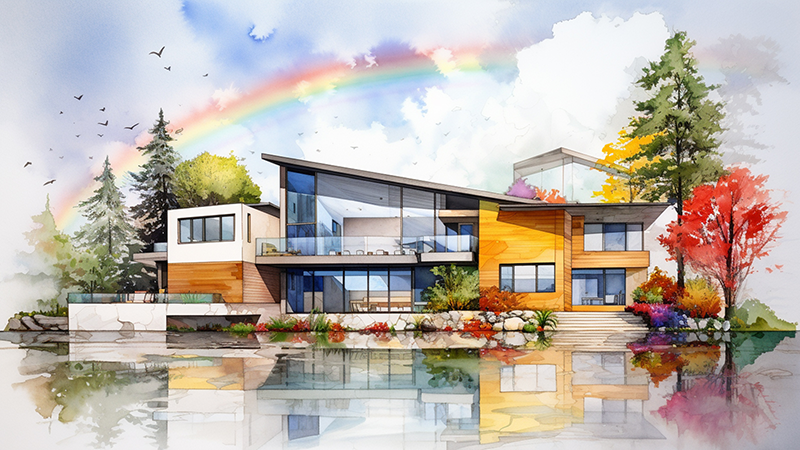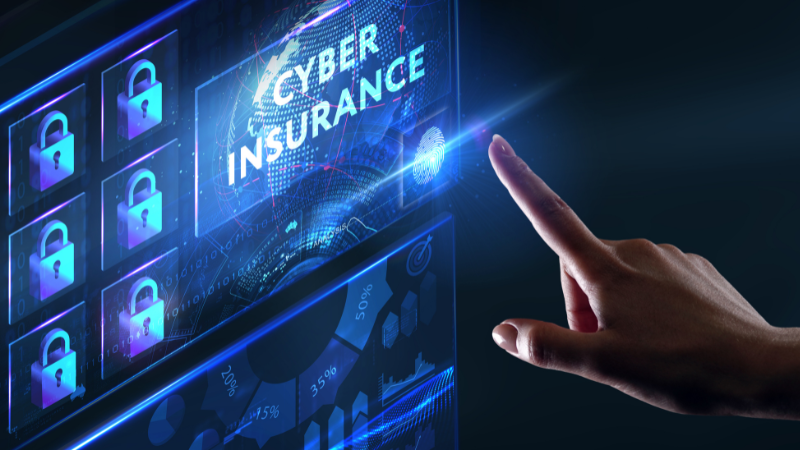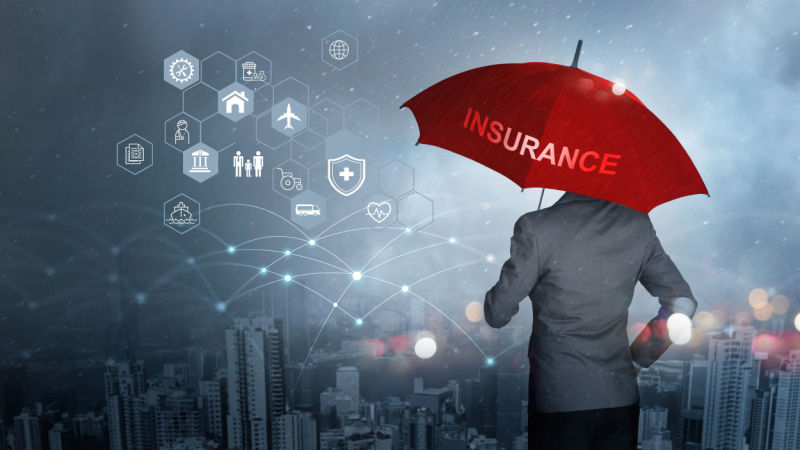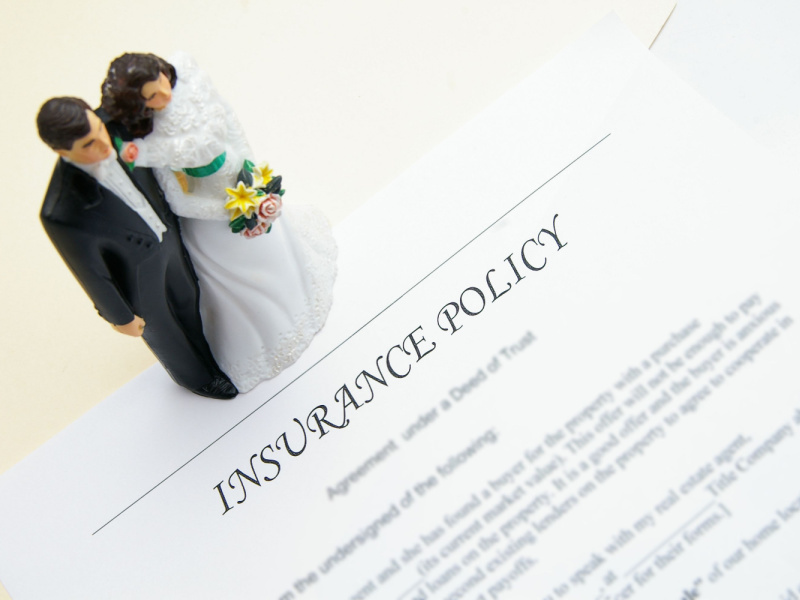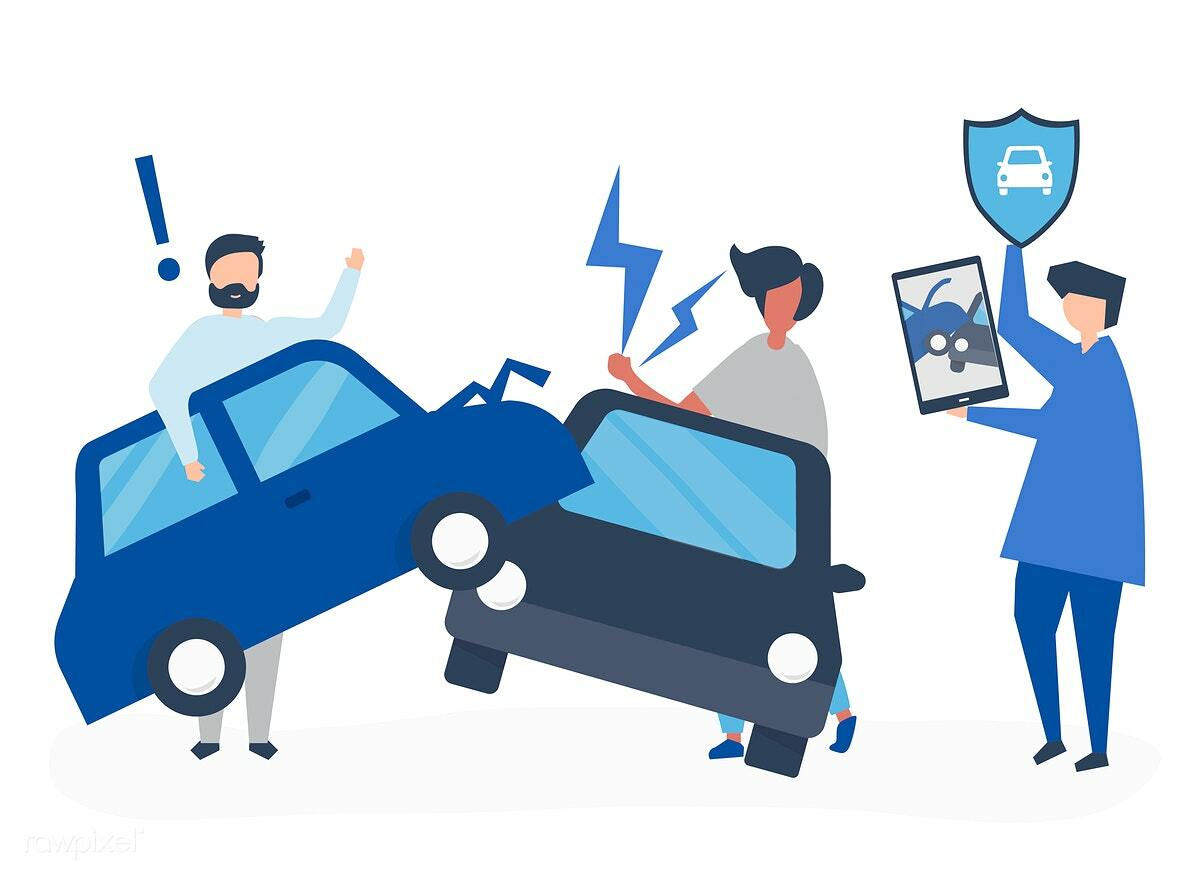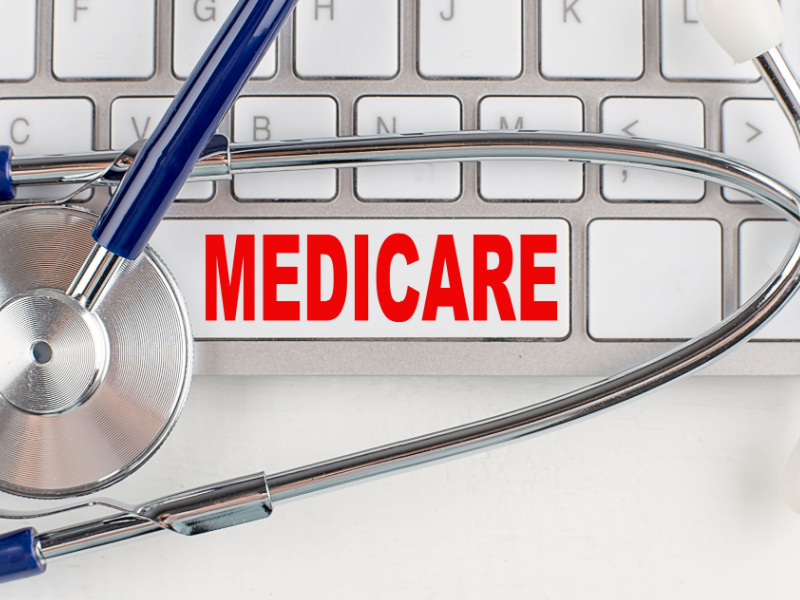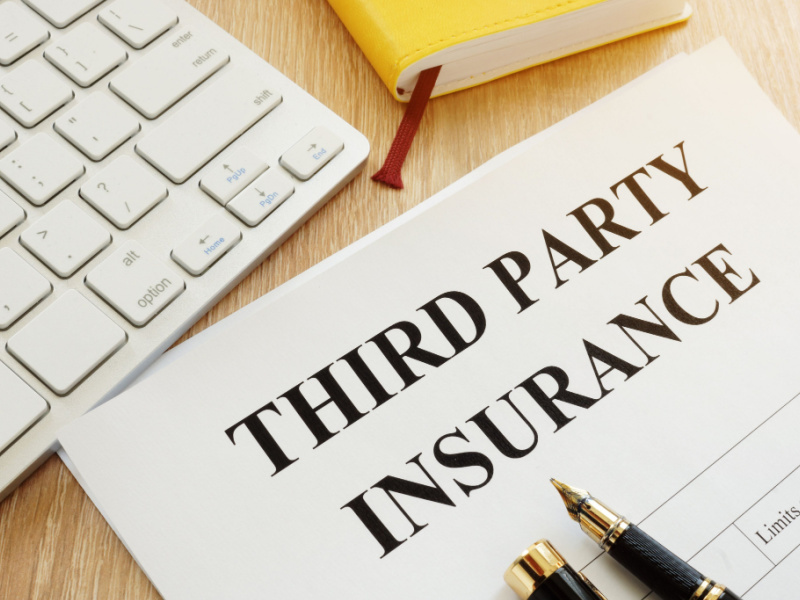
After a gap of two years, the Insurance Regulatory and Development Authority of India (IRDAI) along with the Ministry of Road Transport and Highways (MoRTH) has decided to go ahead with a revision in the third-party insurance premiums. A hike was announced on the premium to be effective from June 1, 2022.
Here is what car and two-wheeler owners need to know about the hike in third-party motor insurance and how much it will cost them now.
As a process, the IRDAI proposes a revised third-party premium structure in March and finalises it towards the end of every year. The last hike announcement was made in the financial year 2019-20.
This year’s hike announcement is seen after a gap of two financial years. Since March 2020, the consecutive nationwide lockdowns announced in the wake of COVID-19 resulted in the annual third-party premium hike getting delayed. Since people did not buy vehicles and most existing vehicles were not being used, any hike in third-party premiums during such times was not considered viable.
The final rates announced every year are lower than the proposed hikes. This time around, although the insurance regulator had shared proposed hikes in March, there was no notification on the final rates. The road transport ministry announced the hike revisions effective from June 1. These hikes, considering a COVID-19-induced break, seem to be on expected lines.
The third-party motor insurance premium hikes were halted since the past 2 years mainly citing the COVID-19 outbreak and resulting financial hardships. As per the latest announcement, the hike is between 0.1-20.7% for car and two-wheeler owners. The rate is applied as per the vehicle’s engine capacity.
For instance, third-party insurance premiums for private cars with engine capacity of 1,000-1,500cc has been hiked by Rs. 195 resulting in a total premium of Rs. 3,416. Bikes with engine capacities of 150-350cc will have to pay a new premium of Rs. 1,366, due to an increase of Rs. 173.
Most vehicle owners are starting to feel the pinch with the third-party premium hike, especially bike owners. The rate hike for bike owners comes up to almost 11-21%, therefore it is considered a significant rise considering premiums are paid annually. Car-owners are not significantly impacted as the premium hike is in the range of 0.1-6%.
Owners of bikes with engine capacity of 75-150cc are in a benefit since the premium rate has dropped for them by Rs. 38.
Benefit for insurers
Insurers are cheering the decision of third-party premium hike since this is a much-needed revision for them. Considering the spike in inflation levels, insurers have been looking forward to this rise. However, insurers believe that the adequacy of the premium hike can be gauged once this year comes to an end and all the claims for the year are taken into account.
Mandatory third-party motor insurance cover
Third-party liability is an important component of motor insurance and as per the country’s vehicle law, vehicles without such cover cannot ply on the roads. The cover insures a vehicle owner against any amount that he/she may have to pay as compensation in case the vehicle is involved in an accident and causes injury/harm to a third-party (another individual).
The third-party insurance cover also financially insures the vehicle owner against any damage by the vehicle to the third-party’s property. The ‘own damage’ portion of this insurance is optional and covers expenses incurred towards vehicle damage.
Importance of ‘own damage’ cover
Although the ‘own damage’ component of third-party insurance is not mandatory, it can help a vehicle owner safeguard against any financial loss arising from accidents and other risks like fire, natural calamity or theft. Own damage cover protects a vehicle’s value without financially impacting the owner if expenses may arise towards repair or replacement after an accident.
Opting for ‘own damage’ cover should be considered irrespective of third-party premium hike. Own damage and third-party damage are two different kinds of vehicular risks and must be considered individually. It is important to take adequate cover for both third-party liability and own damage risks since an accident can result in both these.
It is financially wise to have sufficient insurance cover for all of one’s assets including vehicles. Vehicle owners should, therefore, avoid letting go of the ‘own damage’ cover due to a hike in third-party premiums.
Conclusion
Vehicle owners may be unhappy about the hike in third-party insurance since owning a vehicle has now become costlier, especially due to a parallel hike in fuel prices. However, vehicle owners must not ignore third-party insurance since it is mandatory and acts as a financial cover against potential expenses to be paid to a third party in case of an accident.
FAQs
Yes, the third-party insurance premium for electric vehicles (EVs) has risen by 0.1-20.6%.
Yes, many insurance providers offer third-party insurance online through their websites.
Some of the common steps to be followed for claiming third-party insurance are intimating the insurance provider, sharing details of the accident, insurance, and policyholder names, and submitting necessary documents and evidence which will be scanned by the insurer before granting the claim.
Treatment costs being included in third-party insurance will depend on the specific policy. Therefore, one must check with the insurer about the exact cover details.
Some third-party insurance covers may specifically provide cover against legal charges. This depends on the cover taken by the policyholder.














